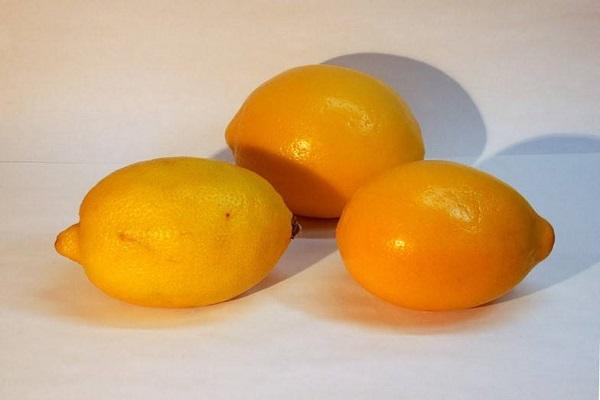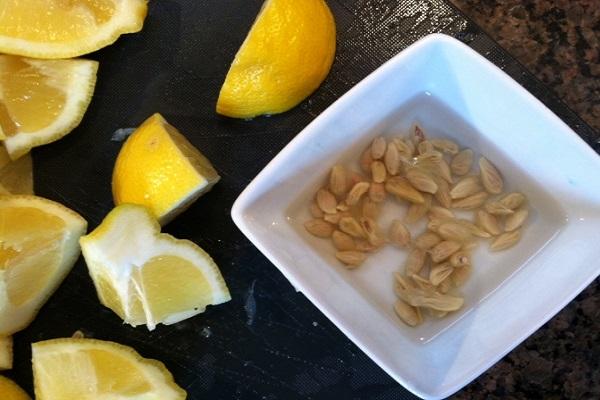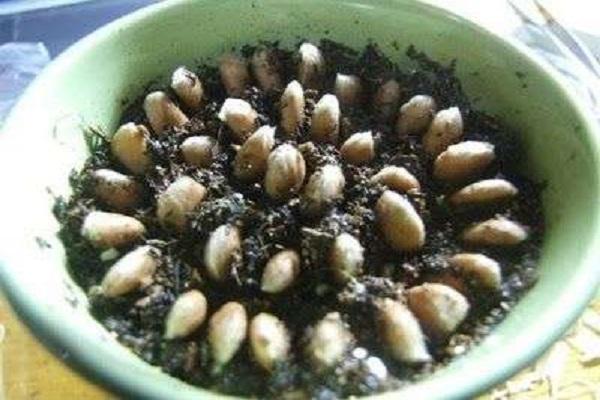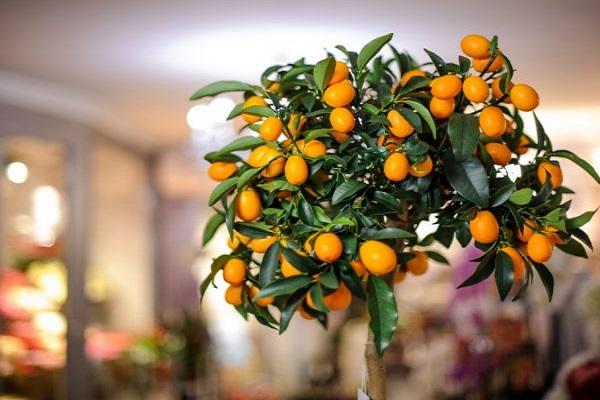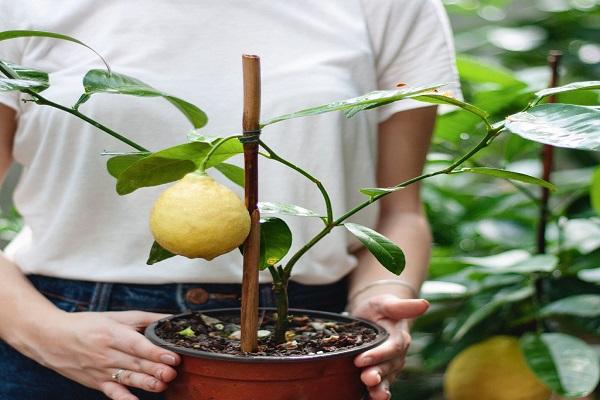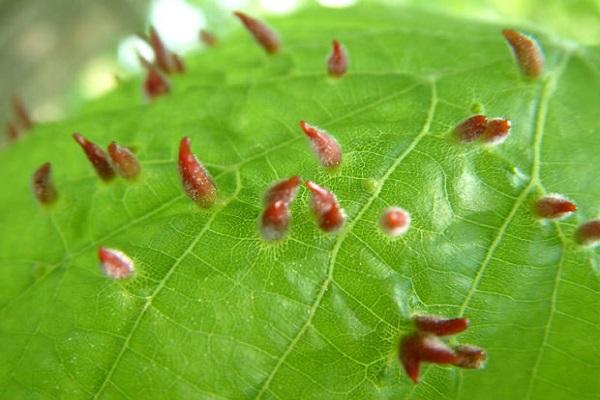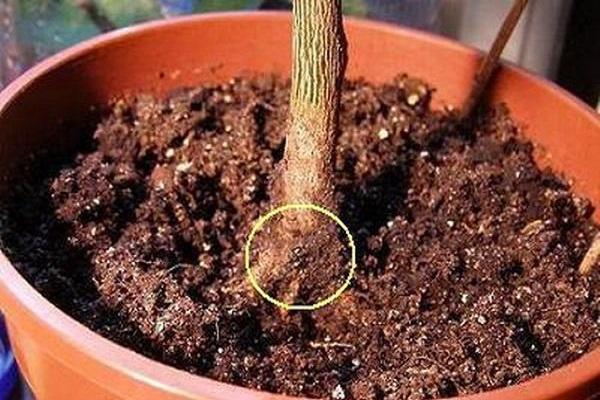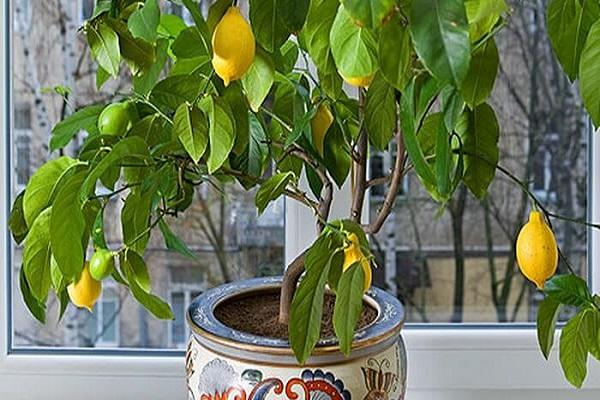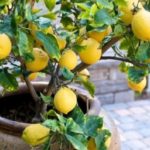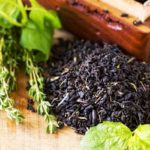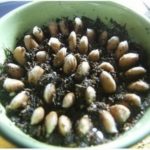Tashkent orange lemon is a rather rare variety that was bred in the former USSR. The plant has not become widespread, although it has decent characteristics and is suitable for growing at home. The variety adapts to almost any climatic conditions and is unpretentious. But even with such a green pet you need to know how to handle it so as not to destroy it and get stable yields even when grown indoors.
- Description and characteristics of the Tashkent variety
- The main positive and negative aspects of the variety
- Features of growing crops at home
- Containers for planting
- Preparation of planting material
- Planting in the soil
- Recommendations for plant care
- Temperature and lighting
- Trimming
- Watering and fertilizing
- Disease and pest control
- Mistakes when growing lemons
- Harvesting and storage
Description and characteristics of the Tashkent variety
Tashkent lemon is a representative of the Citrus genus. The maximum height of the tree under natural conditions does not exceed 2.5 m. The leaves are oval with a pointed tip. The fruits are oval, with a thin skin. When ripe they acquire a rich orange color. The taste is high, the acid is moderate. The pulp is similar in characteristics to other varieties. The weight of lemons does not exceed 110 g.
During the flowering period, the tree is covered with white and pink flowers, emitting a delicate, pleasant aroma. The ovaries form in the axils of the leaves, which is why the plant is prone to overload with the harvest. Tashkent lemon is popular not only due to the quality of the fruit, but also due to its decorative properties. Its parent varieties are Mayer and Novogruzinsky.
The main positive and negative aspects of the variety
Tashkent lemon is endowed with certain advantages over its competitors, which is why flower growers choose it for growing. These include:
- low maintenance requirements;
- suitability for growing indoors;
- high decorative qualities;
- excellent yield;
- unusual fruit color;
- thin skin of lemons;
- decent taste.
Flower growers do not identify any particular disadvantages of the variety, but they include the need to ration the amount of harvest. Otherwise, the tree may break due to overload with fruits.
Features of growing crops at home
Although Tashkent lemon is an unpretentious plant, it has certain peculiarities in cultivation.Without observing them, the plant will not only fail to produce a good harvest, but may even die.
Containers for planting
To grow Tashkent lemon at home, preference should be given to clay pots. This will avoid waterlogging of the soil.
Every year the volume of the container must be increased until it reaches 10 liters.
Preparation of planting material
You can only grow lemons at home from fresh seeds. Material that has dried out is not suitable for planting. To make the seeds germinate faster, carefully remove the hard shell with a knife. If this procedure is not performed, then the seeds are dipped into a solution of a growth stimulator for several hours. After this, they can be planted in prepared soil.
Planting in the soil
Lemons should be grown in soil with a low acidity level. You can purchase ready-made substrate for citrus fruits in the store. The soil must have not only good air and moisture permeability, but also have a sufficient supply of nutrients that accelerate the growth and development of Tashkent lemon.
The seeds are planted in the soil mixture to a depth of 1 cm and covered with glass or film until the first shoots appear. When the height of the seedlings reaches 20 cm, they should be transplanted into separate larger pots.
Recommendations for plant care
In order for the Tashkent lemon to retain its decorative qualities and delight with rich harvests, it needs to be provided with proper care and create optimal conditions for growth and development.
Temperature and lighting
During the growth period of Tashkent lemon, it is necessary to maintain the temperature at +17 °C.During budding, this indicator should not exceed +14 - +18 °C, and when the fruits begin to ripen, the temperature should be raised to +22 °C or more. During the rest period, this indicator is reduced to +10 - +14 °C.
Lemon is considered a short-day plant. It is best to place the plant on an eastern or southern windowsill, providing shading from the midday sun. In order for the tree to grow symmetrically, it must be rotated around its axis every 10 days. In winter, additional lighting is required for 5-6 hours every day.
Trimming
When grown indoors, Tashkent lemon requires mandatory pruning. The procedure is carried out in early spring, when the tree is just beginning to emerge from its dormant period. Dried or damaged branches are carefully cut off, and the cut site is treated with garden varnish. If it is not available, then a solution of potassium permanganate will do. For a young plant, it is advisable to remove the growth point and mold the crown so that it fits into the dimensions of the room and has a decorative appearance.
Watering and fertilizing
From May to September, Tashkent lemon needs moderate daily watering, and the rest of the time the procedure is carried out no more than 2 times a week. They focus on the condition of the top layer of the earthen coma.
Feed indoor lemons with complex mineral preparations. During the active growing season, young trees are fertilized once every month and a half. Adult plants require fertilizing once a month. Starting from October, the frequency of fertilizer application is gradually reduced. When the tree enters a dormant period, such procedures are stopped altogether.
Disease and pest control
Due to poor care and the negative impact of pests, Tashkent lemon can be affected by various diseases and lose its decorative properties. In addition, a diseased plant is not able to please its owners with a harvest of beautiful and tasty fruits. When the first signs of diseases or the presence of pests are detected, the tree should be treated with fungicides or insecticides.
Tashkent lemon is most often affected by the following insects:
- whitefly;
- spider mite;
- aphid;
- scale insect;
- mealybug.
Diseases found in this variety include:
- chlorosis;
- tristeza;
- homoz;
- scab;
- anthracnose;
- mosaic;
- melseco;
- root rot.
Timely preventive treatments can eliminate many problems and help keep the lemon healthy and beautiful.
Mistakes when growing lemons
The main mistake when growing Tashkent lemon is that the grower leaves all the formed ovaries on it. This leads not only to overloading the tree, but also to its rapid depletion. In addition, the plant is capable of shedding ovaries due to overload with them. The amount of harvest must be rationed.
During the flowering period, the lemon should not be replanted and dry leaves should not be removed from it. Also, you should not move it to a new location.
Harvesting and storage
Tashkent lemons are harvested approximately 4 months after flowering. You should not do this later than the second half of January, since the next season’s harvest may not be formed. Ripe lemons not only have a characteristic yellow color, but also a glossy shine to the skin. If it becomes wrinkled, then the fruits are overripe.
At home, freshly harvested crops can be stored for no more than 2 weeks. After this, they lose moisture or become moldy.For longer storage, fruits are placed in a refrigerator drawer for fruits. Under such conditions, they retain their quality for up to 90 days. Do not store the crop in places with direct sunlight or wrap it in plastic bags.

